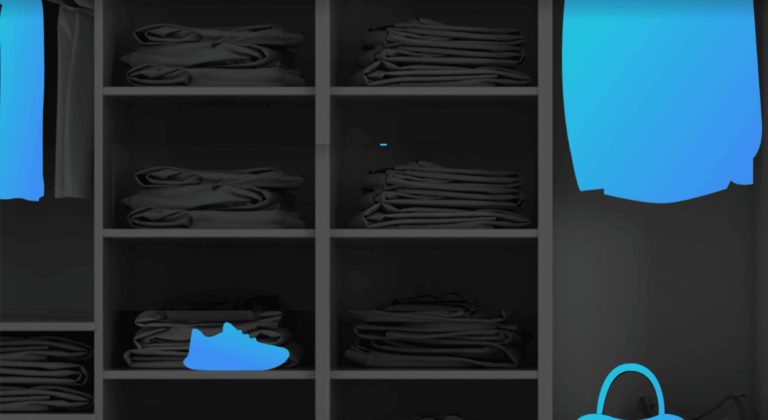
AR continues to prove itself as a shopping tool. It can help consumers visualize products on “faces and spaces,” to make better-informed decisions. This was amplified in the Covid era when it can bring back some of the product essence and dimension that’s lost in retail lockdowns.
Beyond consumers, AR likewise resonates among brands, retailers and eCommerce companies. On one level, it appeals to their creative sensibilities — erstwhile stuck in 2D media — to demonstrate products in their full 3D glory. On a more practical level, they’re seeing real results.
Among retailers and eTailers, few standouts that have leaned into AR product visualization include IKEA, Wayfair, Houzz, and Shopify. They’ve each launched features or apps to help consumers visualize products. It’s all about boosting buyer confidence with a better sense of fit and style.
This is what we call “camera commerce” and it continues to be validated in case studies and figures we track from companies like Shopify. It was also the topic of an AWE panel discussion that we’re featuring for this week’s XR Talks. See the embedded video and takeaways below.

Defining & Delineating
First, to define AR shopping, it takes many forms. Though it’s often conceptualized as “try before you buy” product visualization, it has other formats such as visual search. In fact, visual search is AR shopping’s sleeping giant, given its high-intent use case (just like web search).
Unity’s Tony Parisi stresses these AR delineations because they’re often conflated or glossed over. Half of AR’s magic is the common connotation with visualizing products. But the other half, he says, will be unlocked when the camera can understand and annotate the world.
Further delineating AR classifications, there’s the question of distribution and discovery. Where are consumers finding and interacting with AR? So far, the list includes shopping apps, social lens apps (e.g., Snap) and ads. The latter can include in-game (Unity’s jam) and web AR.
What’s the point in differentiating all of these flavors of AR shopping & commerce? Each of the above modalities and delivery channels has its own strengths and weaknesses. So any brands or retailers new to AR should align their campaign goals with the right format and delivery channel.
Speaking of brand adoption, Walmart’s Cynthia Maller often has to champion emerging tech to non-tech folks internally (retail execs). This requires not getting stuck in the AR industry bubble, she says. Drop the jargon and explain it in plain language to get the best reception and buy-in.
Camera Commerce: AR Monetization Materializes
Learning Curve
Given AR’s early stage, the above tactics are still necessary. But there could come a day when it’s no longer “emerging” tech that needs to be translated. In fact, many AR proponents project it to follow the cultural acclimation previously seen in mobile, social and online video.
As a marketing tool, perhaps the better analogy is photography and 2D product imagery. Though it’s hard to imagine today, digital product images weren’t always “table stakes” in eCommerce. This is a matter of consumer demand and expectation, which drives brand adoption.
Will the same pattern unfold for AR in online marketing? Shopify’s Daniel Beauchamp believes that those all-important consumer expectations will ratchet up and become widespread in 3-5 years. Then there’s no going back as brands adopt AR en masse as a competitive necessity.
Speaking of the next 3-5 years, we’ll also see the underlying tech and use cases evolve. For example, rather than visualizing single products, what about entire rooms? Users can swipe through room makeovers, with decor that dimensionally overlays their space with each swipe.
What do we need to get there? Not only is cultural acclimation a key factor, but 3D model creation needs to achieve standardization and scale. Here, smartphone-based scanning advancements could democratize 3D model creation, just like smartphones democratized photography.
“I dream of the day where you have a single device in your pocket,” said Beauchamp. “You point out a product and it can digitize it right there in a beautiful 3d model that you can use everywhere.”

